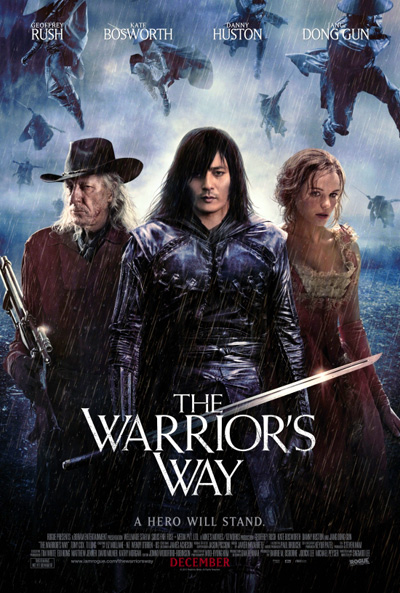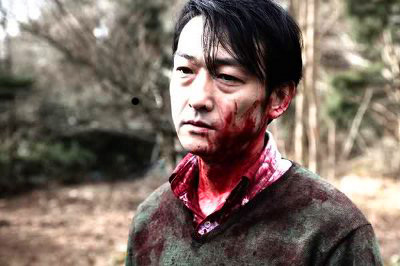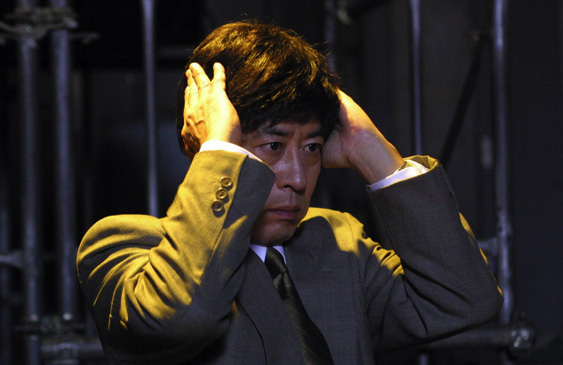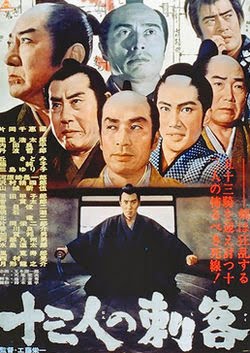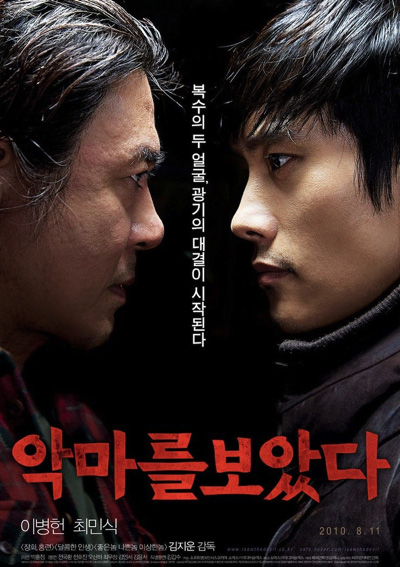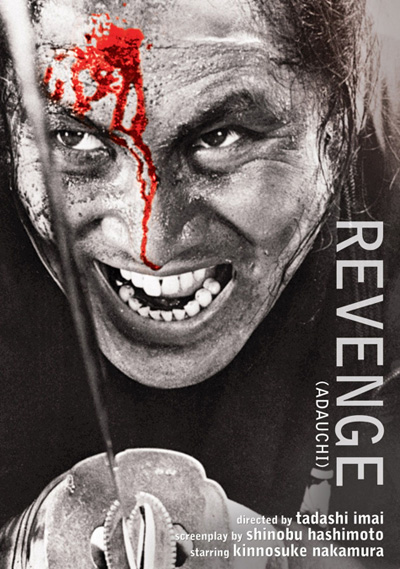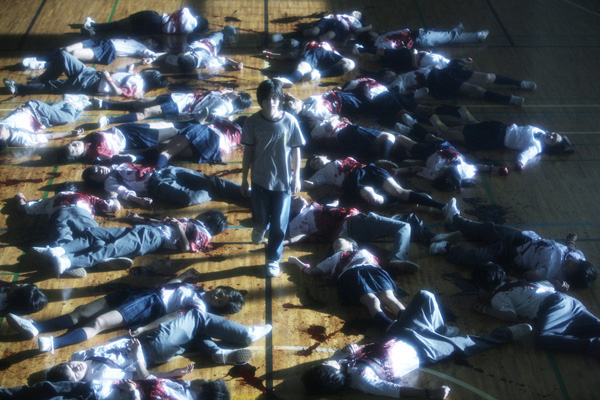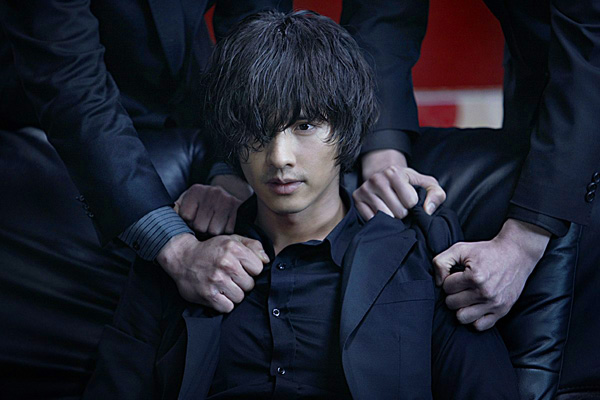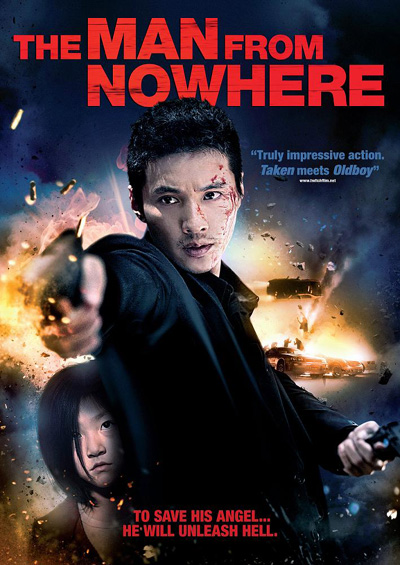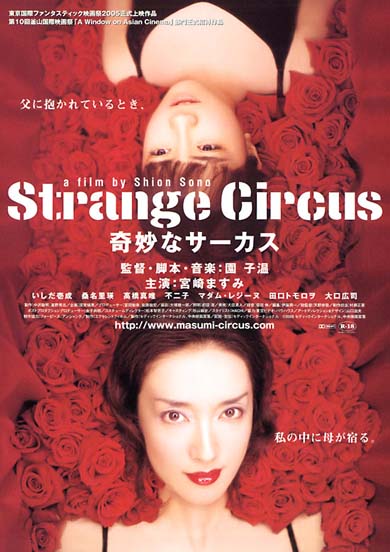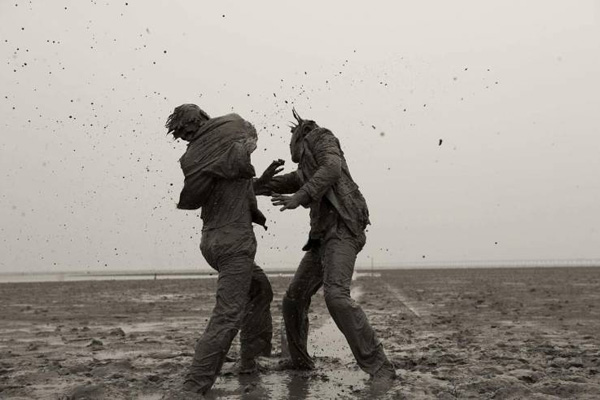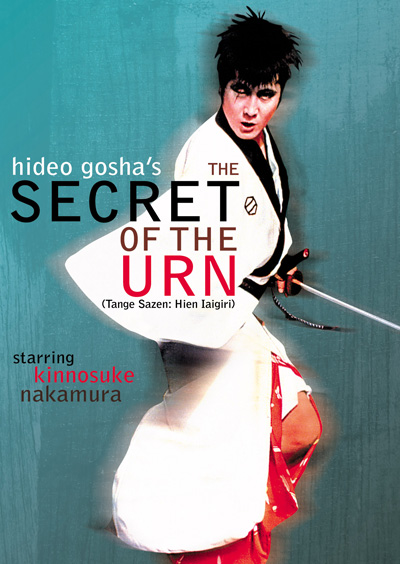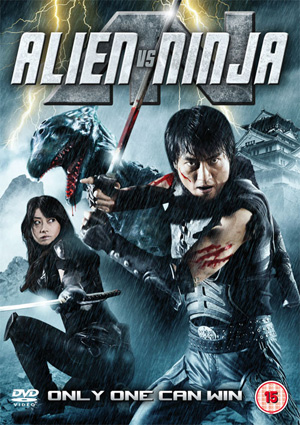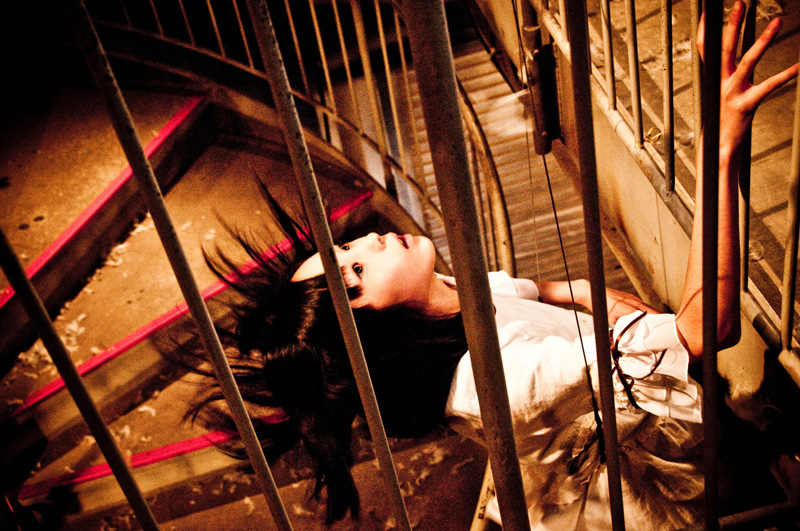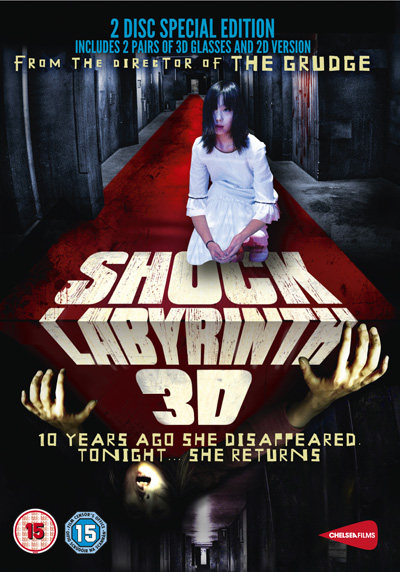 It's been awhile since I had a good ol' J-horror jump scare, the kind that makes your girlfriend scream and sends the popcorn flying. The good folks over at Synapse were kind enough to send me the latest installment in their Asian Cult Cinema Collection, Gurozuka (2005, out on DVD in January) and boy did it do the trick. At least twice my hands involuntarily went up to my face, and that's saying something. It's not like I haven't seen my share of this sort of film -- I could write a book! (No wait, I did.)
It's been awhile since I had a good ol' J-horror jump scare, the kind that makes your girlfriend scream and sends the popcorn flying. The good folks over at Synapse were kind enough to send me the latest installment in their Asian Cult Cinema Collection, Gurozuka (2005, out on DVD in January) and boy did it do the trick. At least twice my hands involuntarily went up to my face, and that's saying something. It's not like I haven't seen my share of this sort of film -- I could write a book! (No wait, I did.)First off, the title. Gurozuka is a made-up word consisting of guro, slang for grotesque, and zuka, which can mean illustration or making a rude entrance (take your pick). In the film, this portmanteau word is said to be a corruption of a term used in Noh theater and, in fact, Noh is a central theme running through the picture, centered chiefly on a psychotic murderer in a Noh mask. (The mask is of the deigan variety, a woman's face with golden eyes and teeth, usually associated with the character of Lady Rokujo, a jealous spirit in the Noh play Aoi no Ue, adapted from The Tale of Genji.)
Gurozuka is also the title of a student film unearthed by pretty college students Ai (Chisato Morishita) and Maki (Yuko Mitsuya) that depicts a brutal murder committed by someone -- wait for it -- wearing a Noh mask. It's very creepy and, intrigued by the knowledge that the two actors in the film came to tragic ends, Ai and Maki decide to find the spooky, wooded location and recreate it. In tow are Maki's older sister Yoko (Yuko Ito), angry lesbian Takako (Nozomi Ando), stuck-up wannabe actress Natsuki (Yuko Kurosawa) and her two flunkies Yuka (Yukari Fukui) and Yayoi (Keiko Saito). See where this is going? Yeah, not all of them are going to make it past principle photography ...
Now I know some of you might be thinking, "What? Yet another J-horror? Who needs it?" And I confess, I was kinda thinking that too at first. But then you throw on a film like Gurozuka and everything that you loved about J-horror comes flooding back. You discover it all over again, fresh and visceral and oh so atmospheric. To their credit, the Japanese know how to create a winning formula and stick to it. Consider sushi, Toyota, green tea ice cream, heated toilet seats, beer vending machines, those little schoolgirl outfits, you name it. Same goes for J-horror. After a bit of a hiatus, I find that I still dearly love this film genre. Thank you, Synapse, for keeping the love alive!


